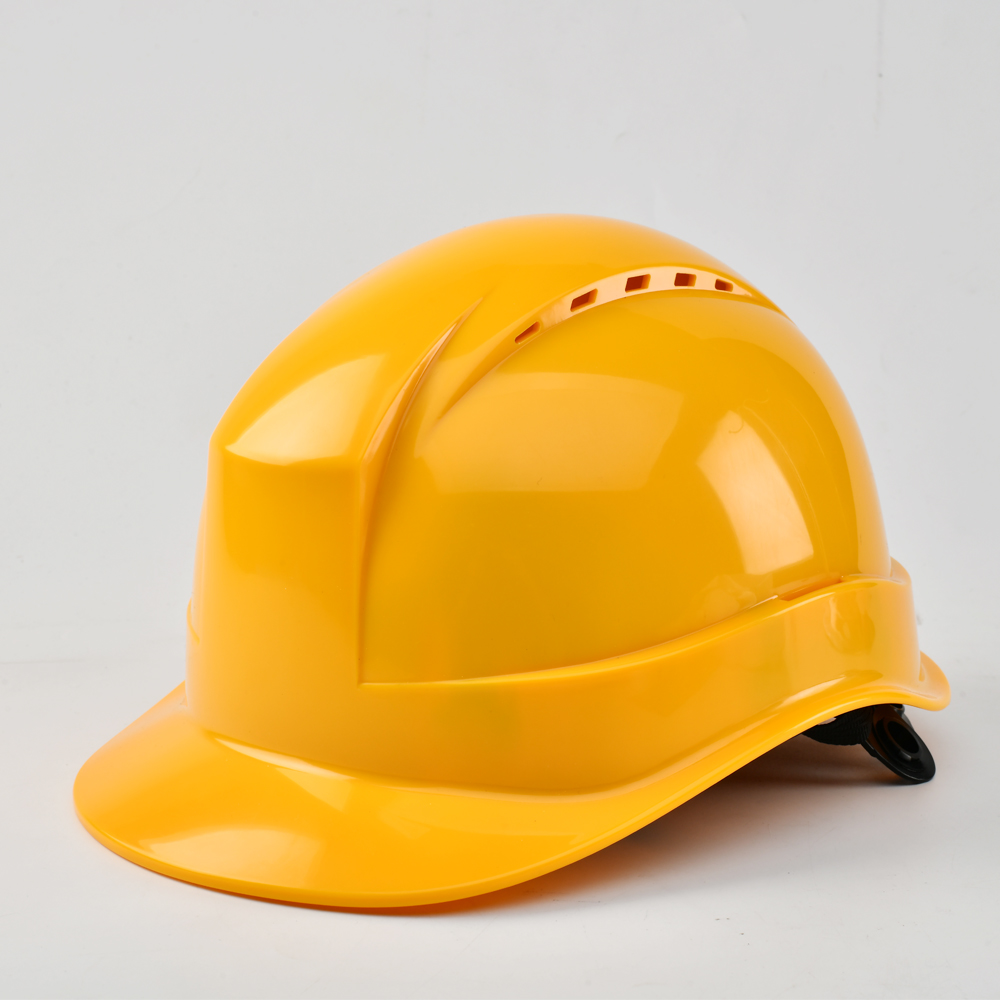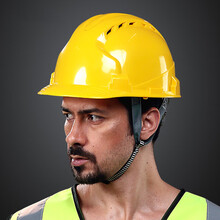Construction Helmets are essential safety gear on any job site, providing protection for workers’ heads against falling objects, impacts, and electrical hazards. In this comprehensive guide, we’ll delve into the importance of construction helmets, their features, how to choose the right one, and compliance with safety regulations.
Construction Helmets are more than just a mandatory accessory on job sites; they are a lifeline, providing vital protection for workers in hazardous environments. In the dynamic world of construction, where heavy machinery, falling debris, and electrical hazards are constant threats, construction helmets serve as the first line of defense against head injuries. In this comprehensive guide, we’ll explore everything you need to know about construction helmets, from their importance and features to choosing the right one and ensuring compliance with safety regulations.

Importance of Construction Helmets
- Construction Helmets are crucial for safeguarding workers from head injuries, which are among the most common and severe on construction sites.
- They provide a vital layer of protection against falling debris, tools, and other hazards present in the construction environment.
- Beyond physical safety, construction helmet also contribute to workers’ peace of mind, allowing them to focus on their tasks without worrying about potential head injuries.
Features of Construction Helmets
- Hard Outer Shell: Construction helmet typically feature a hard outer shell made of high-density polyethylene (HDPE) or acrylonitrile butadiene styrene (ABS) plastic, which absorbs and deflects impacts.
- Interior Suspension System: Inside, a suspension system consisting of straps and padding helps absorb shock and provides a comfortable and secure fit.
- Chin Straps: Many construction helmets come equipped with adjustable chin straps to ensure a snug and stable fit, even during vigorous movement or in windy conditions.
- Ventilation Openings: Some models include ventilation openings to improve airflow and prevent overheating, especially in hot and humid work environments.

Choosing the Right Construction Helmet
- Assessing Risks: Consider the specific hazards present on your job site, such as falling objects, electrical hazards, or overhead structures, to determine the appropriate level of protection needed.
- Size and Fit: Ensure the helmet fits securely and comfortably on the wearer’s head, with no excessive movement or pressure points. Adjust the suspension system and chin straps as needed to achieve a proper fit.
- Comfort Features: Look for features that enhance comfort, such as moisture-wicking padding, adjustable ventilation, and lightweight materials.
- Compliance: Select construction helmets that meet relevant safety standards, such as those set by the Occupational Safety and Health Administration (OSHA) in the United States or the European Safety Standard (EN) in Europe.
Compliance with Safety Regulations
- Construction helmet must meet specific safety standards to ensure their effectiveness in protecting workers. These standards vary by region and industry but often include requirements for impact resistance, electrical insulation, and visibility.
- Employers are responsible for providing suitable construction helmet to their workers and ensuring they wear them consistently while on the job site.
- Regular inspection and maintenance of construction helmets are essential to ensure they remain in good condition and provide reliable protection. Damaged or worn-out helmets should be replaced promptly to maintain safety standards.

Conclusion
Construction helmets are indispensable safety gear for workers in the construction industry. Their role in protecting against head injuries cannot be overstated, making them a vital component of any job site safety program. By understanding the features, choosing the right helmet, and ensuring compliance with safety regulations, employers and workers can prioritize safety and minimize the risk of accidents and injuries on construction sites.

